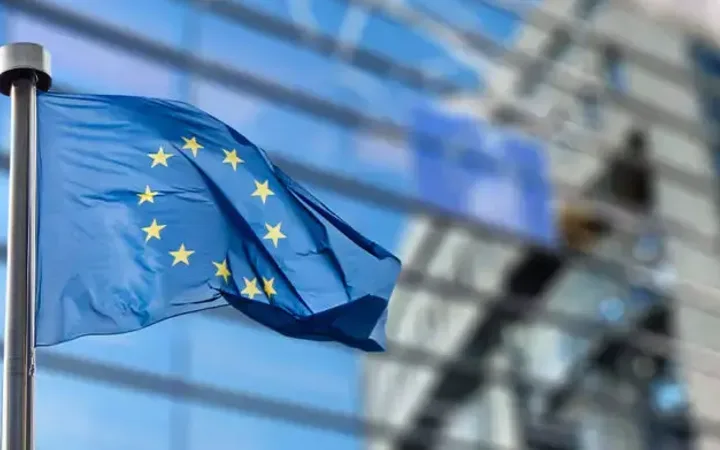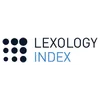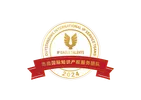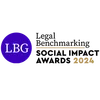The Member States of the European Union (EU) have been working for many years to introduce a new European patent with unitary effect, Unitary Patent (UP) and a single Unified Patent Court (UPC). The new system would bring about fundamental changes in European patent litigation. Currently, patents in Europe must be enforced and invalidated in each jurisdiction separately. Under the new system, unitary patents, traditional European bundle patents and supplementary protection certificates (SPCs) would be enforceable across the EU with just one action before the UPC. A single court ruling on injunctions, damages and validity would be applicable in all participating EU Member States.
The EU regulations establishing the Unitary Patent system were approved back in 2013, but they will only apply as from the date of entry into force of the UPC Agreement. The entry into force of the UPC agreement is dependent on the ratification by the three EU states with most European patents in effect in 2012, i.e. France, Germany and Italy (replacing the United Kingdom after Brexit). France ratified the agreement in 2014, Italy in 2017 whereas Germany has not yet ratified.
Throughout the years the UP regulations and the UPC agreement faced several legal challenges, some of which remain pending and are responsible for the stalling of the project.
In the years 2011-2013 Spain and Italy filed legal actions against the unitary patent regulation with the European Court of Justice on the basis that the trilingual (English, French, German) language regime system for the unitary patent was discriminatory. All the actions were dismissed. While Italy finally decided to join the UPC, Spain does not participate in the enhanced cooperation mechanism and unitary patents will not be available there.
As a direct consequence of the Brexit vote in June 2016, it became uncertain if, when and in what form the UPC project would be continued. However, despite having voted to leave the European Union, the UK had initially indicated the intention to remain part of the project and in April 2018 ratified the UPC Agreement.
To the disappoint of many, in early 2020, the UK confirmed that it would not seek to be involved in the regime and it withdrew from the UPC. The departure of the UK from the EU and the Unitary Patent project led to legal uncertainty and has made the UP and UPC less attractive for industries.
In Germany, a constitutional challenge brought by Dr. Ingve Stjerna in 2017 against the German UPC ratification act on the basis that the required two-thirds majority had not been achieved in the parliamentary vote, caused a considerable delay in the ratification process. In early 2020, the German Federal Constitutional Court (FCC) (Bundesverfassungsgericht) ruled on the constitutional complaint deciding that indeed the vote in the German Federal Parliament (Bundestag) lacked the required quorum. Months of speculation followed as to whether the FCC decision would mark the end of the UPC project. It did not, and the German Federal Council (Bundesrat) passed a renewed draft ratification act. In November 2020, the UPC Agreement was approved in the Federal Parliament by the required majority and finally on 18 December 2020, the Federal Council approved the act, which would enable Germany to ratify the UPC Agreement.
However, German ratification of the UPC is once again on hold because on the very same day of the ratification act approval, two new constitutional complaints were filed, one of them from Dr. Ingve Stjerna, who mounted the previous complaint. The content of the complaints is not yet known. In any case, the Federal Presidency already confirmed that the ratification process will be postponed until the case is cleared by the FCC.
Like in the previous action, Dr. Stjerna has applied for an interim injunction requesting the court to make an order preventing German ratification pending the full decision of the court. Should the interim injunction be dismissed, the ratification could nevertheless proceed, while the full decision of the court is still pending. On the other hand, if the interim injunction will be accepted the complaints will be examined in their merits, once again severely delaying the process. It is unclear when the decision on the interim injunctions will be issued but possibly it could only take a few weeks.
There are several reasons to welcome the unitary patent system, such as cost effectiveness, large geographical coverage, simplification and most of all pan-EU litigation proceedings. Therefore we hope that in spite of all challenges the project will see the light in the near future.





















